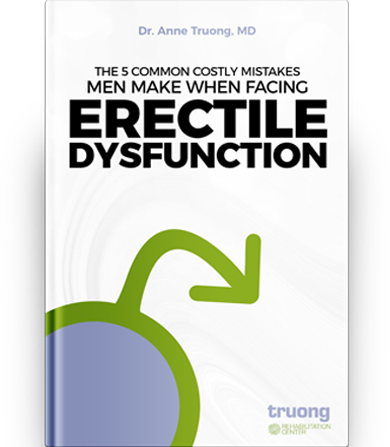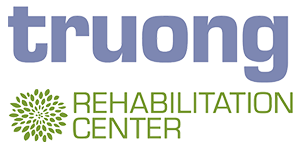It sounds complex, but extracorporeal shock wave therapy has long been used in science. Dating back to the 1960s, this method uses shock waves and pressure waves on very specific areas of the body to create change. It is a very safe procedure for most people. Its initial use was to disintegrate kidney stones by pulsating acoustic waves to them. Today, it’s used for a variety of other treatments, including erectile dysfunction.
How Does Extracorporeal Therapy Work?
There are several specific procedure options available, but they all work along the same principle. Shock waves, which are sound waves, are used. These acoustic pulses race through the air after an explosion or when lightning strikes. They create instances of intense pressure. They are also able to transmit energy from the point of generation to the specific region they pass through. This is what can cause a window to break long distances away from an explosive detonation.
In terms of medicinal use, they are not damaging to a person’s skin or organs because the concentrations are very controlled. They are also different than ultrasound, a type of diagnostic technology heavily used today. Focused shock waves have a much higher pressure amp, and, unlike ultrasound, they have a long, single, positive pressure pulse. Ultrasound technology, on the other hand, is a set of periodic oscillations with a narrow bandwidth.
How Do Shock Waves Like This Help ED?
While most people can understand the concept of shock waves moving through a substance and disrupting it, it may not seem like a good fit for erectile dysfunction. Most men with ED suffer from the buildup of plaques within the blood vessels located in the penis. Initially, this doesn’t cause much difference, but as those plaques build up, it causes limited blood flow to reach the area.
That makes it difficult to reach a true erection for many men. With limited blood flow moving to the area, most men have an inability to reach the type of erection they had when they were younger.
With extracorporeal shock wave therapy, it is possible to break up this buildup. The procedure is done to focus those shockwaves specifically on the area where there is plaque located. Diagnostic tests done prior to these procedures can help to provide clarity on where those buildups are, allowing shock wave therapy to be very precise.
This type of technology can also help men with Peyronie’s disease. In this condition, those same plaques buildup in the penis in a specific location. This causes the penis to curve. This makes it difficult for the man to have a firm, extended erection. With this type of therapy, though, the procedure can break through those plaques and help to restore the normal function.
What Are the Benefits of Extracorporeal Shock Wave Therapy?
There are other treatments for erectile dysfunction, as well as Peyronie’s disease. Some of them are rather invasive, and few work well. However, with this type of treatment, there is the possibility of a number of key benefits occurring:
- Depending on the mechanism used, this type of shock wave therapy helps to stimulate the growth of new blood vessels, moving around blockages that limit erections.
- The sessions are not invasive and generally take just 20 minutes to complete. As a result, they are far less uncomfortable for men than other types of treatment options.
- Because they are not invasive, men who have other complications to their health may still qualify for these procedures, whereas taking medications may not be an option.
The key benefit is that they work to break up the plaques present to allow for natural erections to form. Some men may exhibit other types of complications that can worsen or even cause ED, such as testosterone irregularities, but the plaques may be controllable. This ultimately means that more blood is flowing to the penis, giving men an erection that is firm and more natural. In some cases, it can also help men to achieve longer-lasting erections.
Extracorporeal shock wave therapy is one example of advanced medicine that’s creating change for people in real, tangible methods. With new technology like this, especially that offers few complications or risk factors, it may be possible for significant improvement in self-esteem and quality of life for many.











